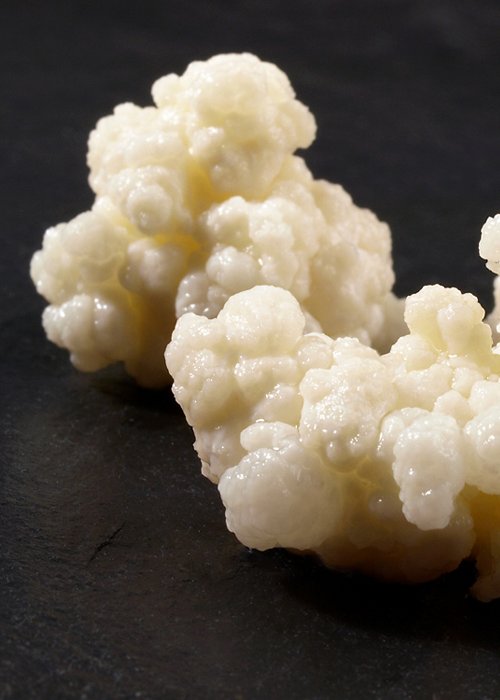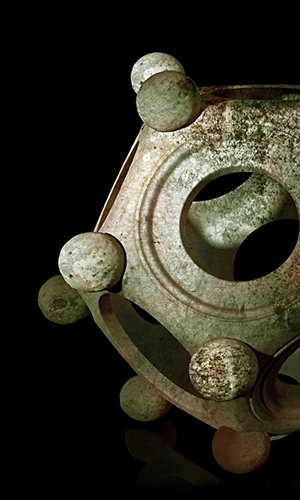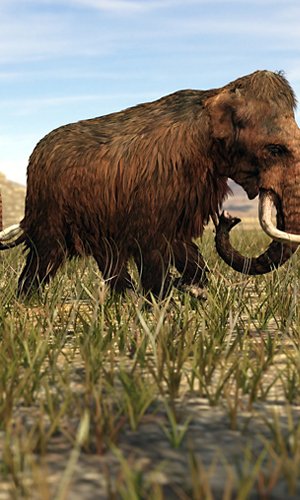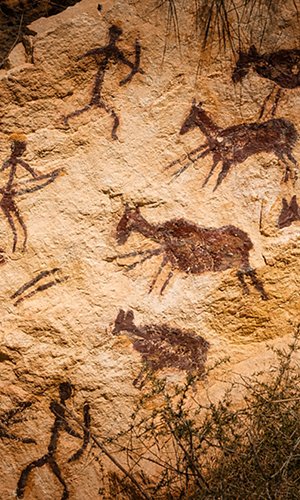About 20 years ago, archaeologists discovered a mysterious white substance on mummies at the Xiaohe necropolis in the Tarim Basin, China. A recent study has identified this substance as the oldest cheese in the world, dating back about 3,600 years. Using DNA analysis, archaeologists determined that the white substance was a type of kefir cheese, the oldest known sample of cheese in existence. Kefir is a type of fresh, fermented cheese made from milk and originated in the Northern Caucasus in Russia. It’s produced by adding “kefir grains”—a combination of bacteria and yeast—to milk, which ferments the lactose (milk sugar) into a slightly acidic, fizzy drink. The cheese found on the mummies was made from cow and goat milk and contained the same bacteria, mould and yeast species found in modern kefir grains. This discovery is not only fascinating from an archaeological perspective but also sheds new light on the origin of this cheese. It may not have come from the Caucasus, as previously thought, but might have been known in China, produced and consumed in the Xinjiang region during the Bronze Age. The presence of cheese in ten tombs suggests it was a valuable resource for these people—a kind of offering for the deceased. But why did the mummy preparers spread cheese over the bodies? Kefir is rich in probiotics, proteins, and vitamins, and is known for its benefits to gut health and the immune system. It’s similar to yogurt but has a more liquid consistency and a wider variety of beneficial microorganisms. However, those benefits certainly didn’t apply to the mummies.




